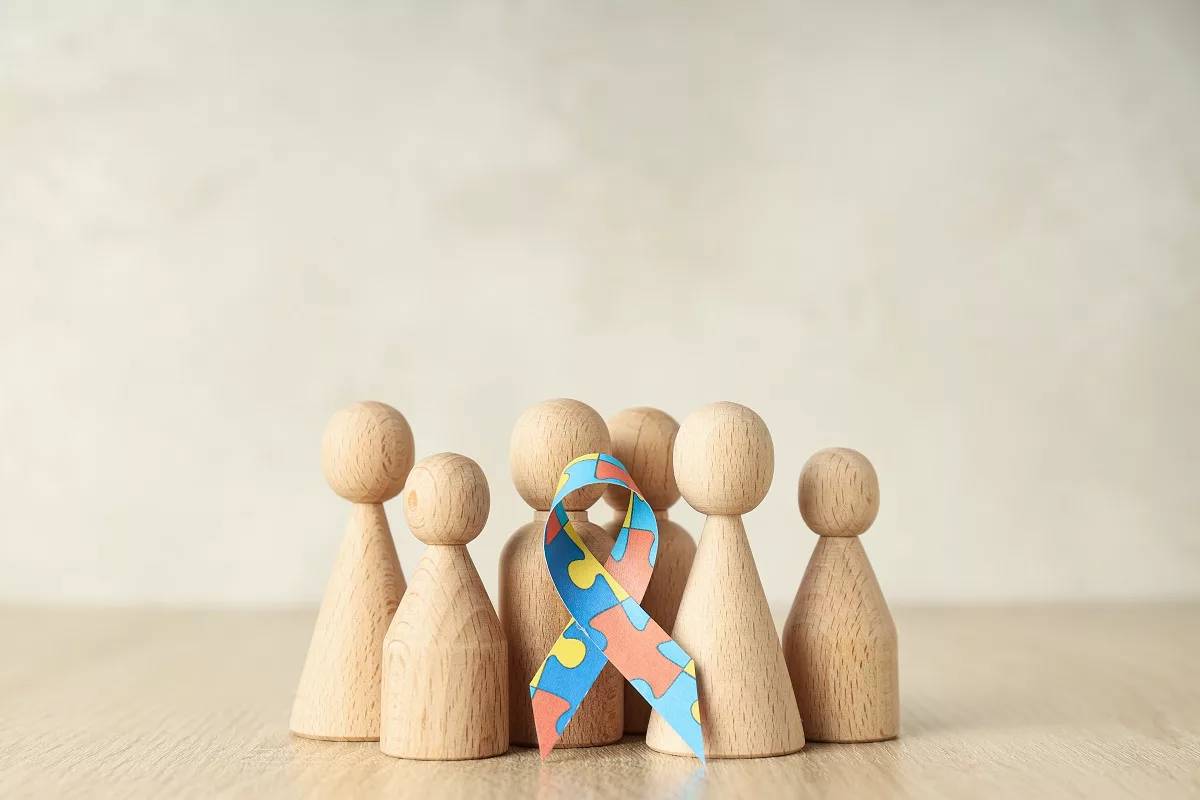A new cancer that may develop even after you finish treatment that cures the condition is called secondary cancer. However, this is a different type of cancer compared to cancer that recurs or spreads. While it may occur after curing a previous type of cancer, it may also occur along with the first type of cancer, but in another part of the body. This type of cancer usually develops months or even years after the original primary cancer is cured. Moreover, secondary cancer is not related to the primary one. While sometimes, secondary cancer affects the same part of the body, in other cases, it may occur in different parts of the body. In some cases, healthcare professionals refer to secondary cancer as a second primary cancer or a new primary cancer.
In general, secondary cancers occur quite rarely. However, the number of diagnosed secondary cancers increases as more people live longer after finishing the primary cancer treatment. Some recent studies suggest that secondary cancer affects 1 out of 12 cancer survivors.
Other research showed that 6 out of 100 cancer survivors have developed secondary cancer over 5 years after curing the primary cancer. This number increases to 13 people after 15 years old.
Types of Secondary Cancer
According to some research, some types of primary cancer are more likely to be associated with a secondary cancer. Check below some examples:
- Bladder cancer (it may lead to lung cancer)
- Breast cancer (it may result in ovarian cancer)
- Colorectal cancer, which may cause cancers that negatively affect the kidneys or the small intestine
- Kidney cancer (that may lead to multiple myeloma or lung cancer)
- Prostate cancer (which may result in bladder or kidney cancer)
Symptoms
Check below some possible symptoms of secondary cancer:
- Tiredness
- Persistent fever
- Excessive bleeding (including bleeding when you pee, poop, or cough)
- Bruising without an obvious reason
- Skin changes (such as a mole becoming larger)
- Bumps or lumps that do not disappear
- Unusual weight loss
If you experience any of the previous symptoms, do not hesitate to see a healthcare professional.
Causes
Experts do not fully understand what exactly causes secondary cancers. However, they think inherited genetic disorders, previous cancer treatments, and certain lifestyle choices could play a role. For example:
Previous Cancer Treatments
Radiation therapy and chemotherapy used to treat primary cancer may cause secondary cancer. For instance, if you get these treatments to treat breast cancer, it may lead to leukemia or myelodysplastic syndrome. People who get radiation therapy for prostate cancer may also develop bladder or kidney cancer over time.
Some people are concerned about cancer treatments because they hope they will cure the primary cancer, which may cause another one. However, you should know that healthcare professionals usually recommend the most effective treatment for primary cancer, and it is unusual to develop secondary cancer.
You can also consult with your oncologist about possible chronic (long-term) complications of cancer treatments (including secondary cancers).
Inherited Genetic Disorders
These disorders increase the risk of both primary and secondary cancers. Check below some conditions that put you at increased risk of developing these cancers:
- Hereditary nonpolyposis colorectal cancer (HNPCC)
- Hereditary breast cancer
- Li Fraumeni syndrome
- Neurofibromatosis
Lifestyle and Exposure to Carcinogens
There are some lifestyle behaviors that may increase the risk of developing a cancer that eventually will lead to secondary cancer. These include smoking, misuse of alcoholic drinks, obesity, and others. Moreover, continuous exposure to ultraviolet (UV) rays may also increase your risk of developing skin cancer.
Risk Factors
Some factors may increase your risk of developing secondary cancer. Check below some examples:
- Age at initial cancer diagnosis
- Cancer treatments (such as chemotherapy, radiation therapy, and others)
- Genetics
- Family history of cancer
- Lifestyle and environmental factors
- Weakened immune system
- Hormonal imbalance
What Happens if Secondary Cancer is Left Untreated?
If you ignore the symptoms and do not get treatment, it may lead to certain complications. For example:
- Metastatic cancer (it occurs when cancer spreads to other parts of the body), including bone, brain, lung, or liver metastasis
- Spinal cord compression
- Anemia
- Infections
- Chronic pain
This article does not contain all possible complications of secondary cancer. Furthermore, you can consult with your doctor about ways to reduce the risk of developing previous complications.
How to Prevent Second Cancer?
Usually, it is not possible to prevent secondary cancer, but you can take some steps to reduce the risk. Check below some examples:
- Avoid activities that may increase the risk of cancer, including misuse of alcoholic beverages, smoking, prolonged exposure to the sun without protection, and others
- Regular cancer screenings – It may help detect secondary cancer even before the symptoms begin
- Adopt a healthy diet (including fresh fruits, vegetables, and whole grains)
Diagnosis
Physicians usually begin a second cancer diagnosis with a physical examination to check for abnormalities linked to the disease. Thereafter, they may also ask some questions about family history and symptoms. However, to confirm this type of cancer and rule out other health conditions that cause similar symptoms, they can perform some tests. Examples include:
- Blood tests for cancer
- Biopsy to check for cancer cells in specific parts of the body
- Imaging tests – These include CT (computerized tomography) scans, PET (positron emission tomography) scans, MRI (magnetic resonance imaging) scans, ultrasound, or X-rays
Treatment
Treatments for secondary cancer are very similar to primary cancer. For example, surgery to remove the tumor, chemotherapy, or radiation therapy. When surgery is not possible and other treatments do not work, physicians may prescribe immunotherapy or targeted therapy.
It is important to get medical care if you experience the following symptoms. Examples include exhaust, bloody coughing, or a lump that does not go away.
Frequently Asked Questions
How serious is secondary cancer?
Rarely, secondary cancers can be cured, but most of them are not curable. However, individuals respond differently. For more details, discuss it with your healthcare professional.
How common is a second cancer?
Secondary cancer affects about 1% to 3% of people who have been cured of the original primary cancer.
Can you survive?
Yes, but coping with a second cancer may be difficult because it depends on multiple factors. These include the type and severity of cancer, existing health problems, and others. Ask your healthcare professional if you have additional questions.




